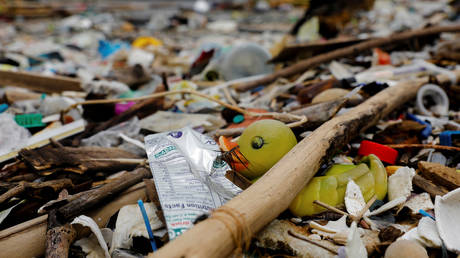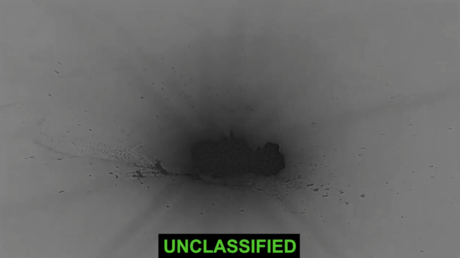
Global plastic pollution is forcing our planet to adapt, growing microorganisms that can degrade the accumulating waste, a new study claims. Living organisms with the potential to diminish 10 types of plastic have been discovered.
Bugs producing plastic-degrading enzymes both on land and in oceans are growing in quantity and diversity, the study from the Swedish Chalmers University of Technology shows. Researchers have discovered over 30,000 enzyme homologues – members of protein sequences sharing similar properties – that live all around the planet and have the potential to degrade the 10 types of plastic most widely used by humans.
Around 12,000 such organisms were found in the ocean, and 18,000 in the soil, researchers revealed, adding that their habitats correlate with local levels of plastic pollution. The highest amounts of plastic-degrading bugs were discovered in “notoriously highly polluted areas,” including the South Pacific Ocean and the Mediterranean Sea.
“We did not expect to find such a large number of them across so many different microbes and environmental habitats. This is a surprising discovery that really illustrates the scale of the issue,” the study’s first author, Jan Zrimec, said.
While it was previously known that some enzymes can digest plastic, scientists now believe the environment is evolving to grow more of these organisms to deal with some 380 million tons of plastic produced annually. The latest findings represent “a significant demonstration of how the environment is responding to the pressures we are placing on it,” according to a researcher from the Chalmers University of Technology, associate professor Aleksej Zelezniak.
Scientists hope that further analysis of the environmental DNA samples with plastic-degrading potential may help people manage the pollution crisis. These microorganisms hold “great potential to revolutionize the management of global plastic waste,” the study claims. Its authors now want to test “the most promising enzyme candidates” in the lab, and identify those that can be used in novel recycling processes to speed up very slow plastic degradation. “From there you could engineer microbial communities with targeted degrading functions for specific polymer types,” Zelezniak explained.




